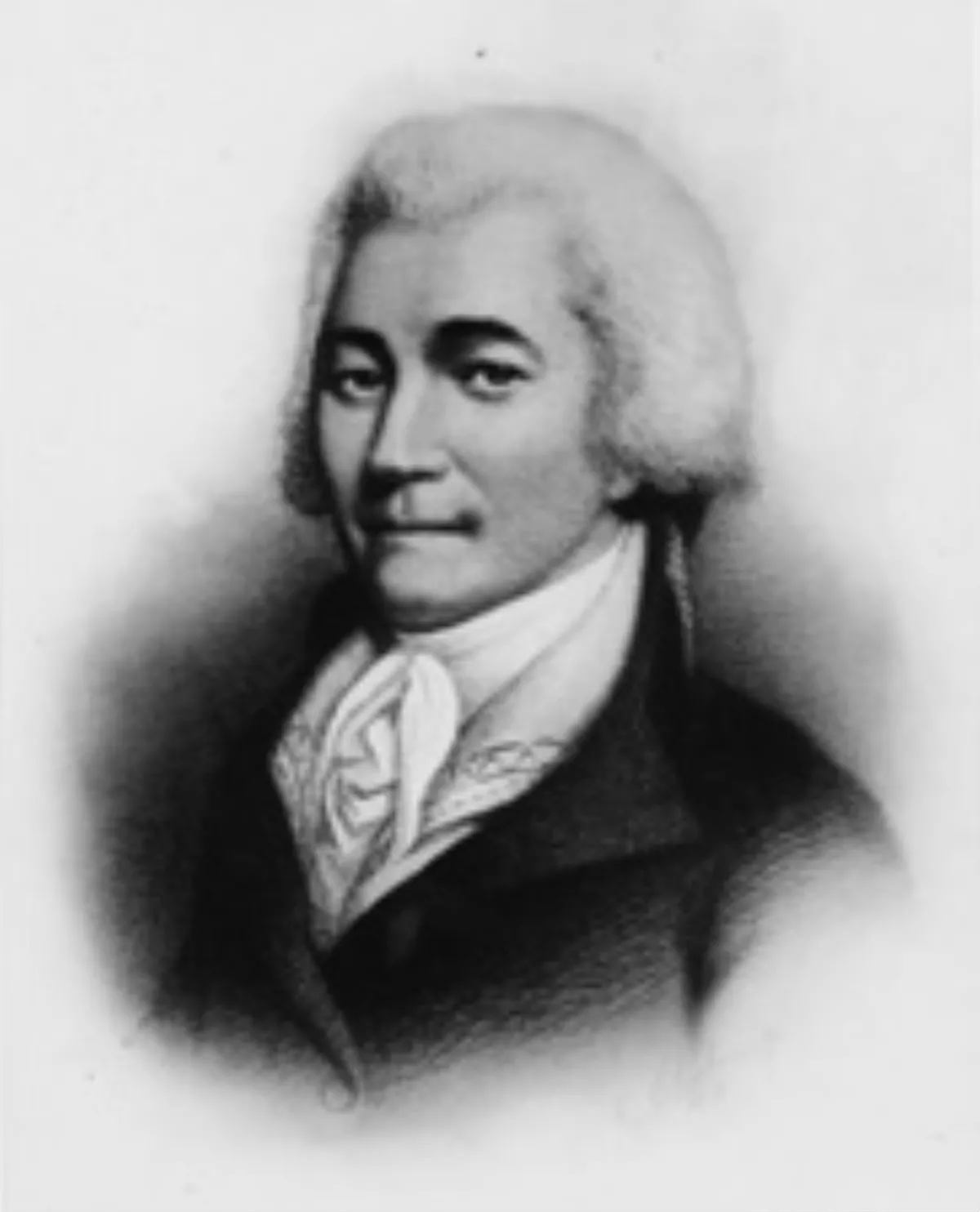 1.
1. Isaac Tichenor was an American lawyer and politician.

 1.
1. Isaac Tichenor was an American lawyer and politician.
Isaac Tichenor served as the third and fifth governor of Vermont and United States Senator from Vermont.
Isaac Tichenor graduated from Princeton University in 1775 and moved for a short while to Schenectady, New York where he studied law.
Isaac Tichenor was a descendant of Martin Tichenor, an early colonist and original settler of Newark, New Jersey.
In 1777, Isaac Tichenor moved to Bennington, Vermont and served as an Assistant Commissary General during the American Revolution.
Isaac Tichenor was elected captain and commander of a Bennington militia company, which was activated for service several times in Vermont and upstate New York.
Isaac Tichenor was a member of the Vermont House of Representatives from 1781 to 1784 and served as Speaker of the House in 1783.
Isaac Tichenor was an agent from the Vermont Republic to the Continental Congress, and presented Vermont's request for admission to the Union from 1782 to 1789.
Isaac Tichenor ran for governor in three consecutive elections in 1793,1794, and 1795, losing each time to Thomas Chittenden.
Isaac Tichenor was an associate justice of the Vermont Supreme Court from 1791 to 1794, and Chief Justice in 1795 and 1796.
Isaac Tichenor was active in the Vermont militia, and attained the rank of major general as commander of its 2nd Division.
Isaac Tichenor was a member of the Federalist Party; when that party dominated the federal government in the 1790s many leading politicians in Vermont joined the Democratic-Republican Party and opposed a strong federal government at the national level.
In 1815, Isaac Tichenor returned to the United States Senate, where he served until 1821.
Isaac Tichenor died in Bennington on December 11,1838, and was interred at Bennington Village Cemetery.
Isaac Tichenor was the last surviving Governor to have served in the 18th century.